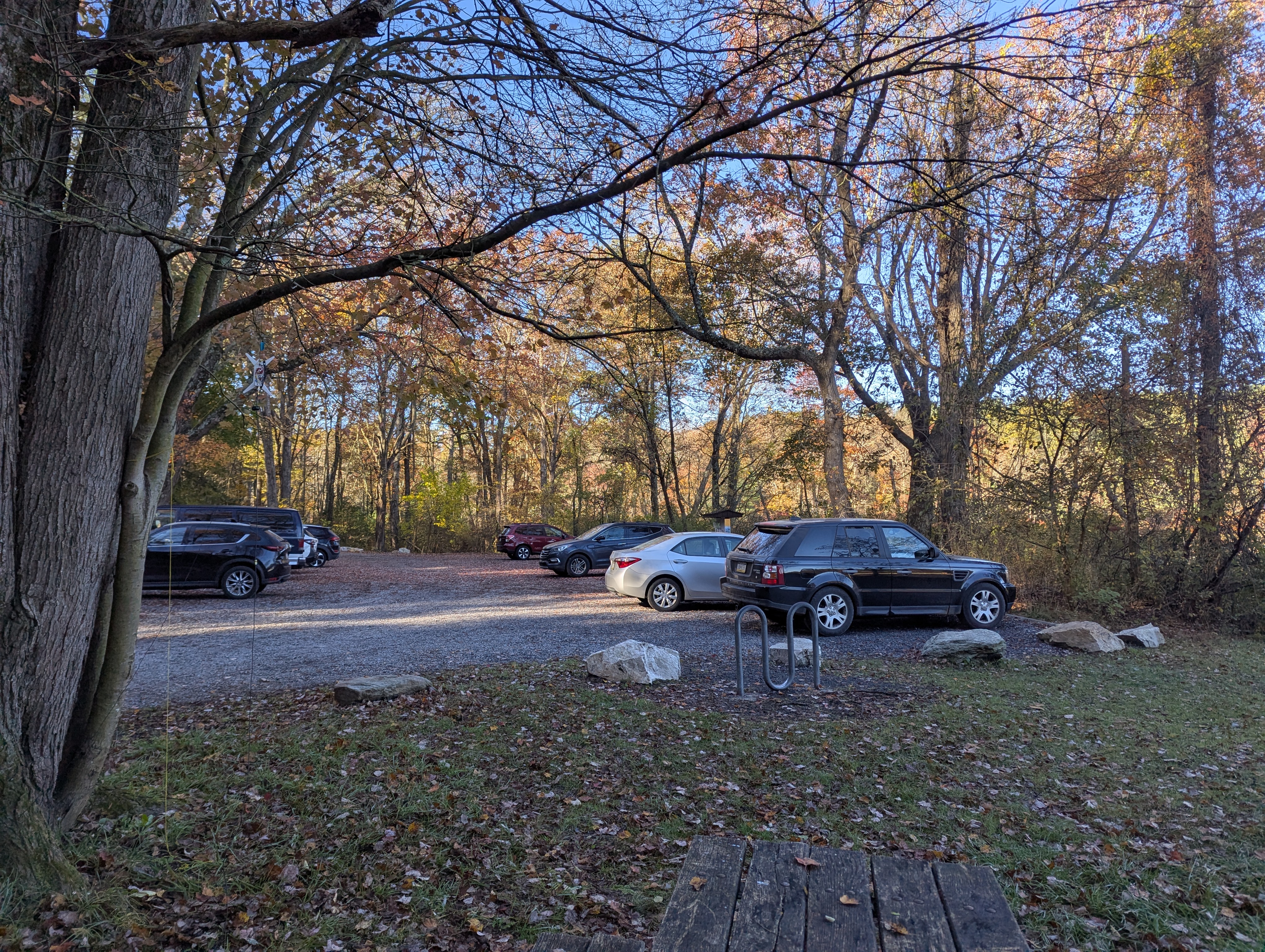I found the brand new wsjtx-improved available on my Debian unstable system. It’s the next beta plus some UI enhancements including filters, color, etc, better location labels.
FT Challenge
This weekend was the FT Challenge.
I made about 112 contacts over 14 unique “letter grids”. I operated QRP (<5W), single operator, single radio. We scored points for each contact plus each 3000km distance on a contact, and the multiplier was that number of unique letter grids. I uploaded my logs, and it’ll probably be a while until I see an official score, but I figure I probably got about 2000 points.
A Bit of FT8
I got Japan, Colombia, and Uruquay on 12m FT8 today. I got so much Japan from Hawaii, I assumed I’d not see it for a long time. Winter is good in 10M and 12M.
US-1398 Pine Grove Furnace: 2024-10-20
I went camping and activating Pine Grove Furnace, US-1398, and Michaux Forest, US-5471. I stretched the EFHW over the parking lot, because I thought it wouldn’t be busy. I got 21 FT8 contacts and 2 CW contacts to other parks.
Backyard Alternate Antenna
I cleaned up the backyard a bit, and ran a new 12.5m (41ft) random wire up the hill behind the house.
My first tests the next day on 30m at 1W got me some contacts. By 4:40pm EDT, the bands were all in “poor” condition, so it got tough to test.
The next morning, I watched the 40m band close. It was ablaze at 8am, but getting pretty quiet by 10:30am EDT.
I compared the old antenna out the front with the new antenna out the back using FT8 and PSKReporter.
The back antenna saw fewer decodes on 15m on average. It mostly lacked any stations from Europe. Looking at the antenna’s physical attributes, it starts on first floor (lower than the old antenna) in backyard, but it slopes up more vertically. The middle of the antenna, on average, is blocked by the hill to the East.
The old antenna out the front saw more decodes overall, including Europe. It starts at second floor window and only slightly angles up. The whole antenna is higher and clears the hill, even though Europe may still be mostly all the end of the antenna. It performs better.
I had fun physically launching the new antenna, but I’ll need to do some more work to get more of it higher in the air to be useful.
FT8 DX
The 40m band was hot at 5:30am EDT. I got:
- Trinidad and Tobago
- Dominican Republic
- mostly eastern US otherwise
Switched up to 15m to get Finland, and I grabbed 1 local contact on 6m. I’ve accumulated 1800 contacts on QRZ, 1489 are confirmed, across 79 countries.
Busy 40m
I used the fully-extended, large dipole kit and the RTL-SDR to successfully receive lots of 40m signals. It may have been especially busy, since it was Labor Day in the US and Canada. I found FT8 (40m and elsewhere) signals from St Lucia, Slovinia, South America, Cuba, and a little FT4 (40m).
I also found some BPSK31, RTTY/45, and still unidentified digital signals.





